Quaker interest in prayer and healing goes back to our earliest days, to George Fox, the founder of the Friends movement. An early manuscript called Book of Miracles cataloged some 150 cures he was reported to have performed in his lifetime, including healings from diseases and accidents. His Journal includes a gripping account of his bringing a traveling companion back to life after a fall from a horse broke their neck.
Our queasiness over healing is almost as old. The manuscript of Fox’s Book of Miracles was lost, probably suppressed by later Friends who were wary of its supernatural claims (we only know of it because a partial index was discovered by Henry Cadbury in the Friends Library in London in 1932). Most modern Friends prefer to trust the calm and rational waters of science and medicine.
Still, a tradition of healing has continued. Friends’ memoirs and journals are full of stories of Friends who seemed to be able to sense unanswered prayers and respond to spiritually threatening situations out of a kind of instinct. Many Friends work in healing professions: we treat bodies as doctors and nurses, treat minds as therapists, and treat souls in pastoral work or as hospice workers.
Even much of Friends’ activism and work in the world can be seen as a form of healing. For this issue of Friends Journal, we asked Friends to tell us about healing in their lives and communities.
Marcelle Martin starts us off with some of the stories of George Fox’s miracle-making. Much as she did in January’s article on Quaker dreams, she examines these early accounts as a way to understand how these almost-forgotten folkways and practices shaped Quaker understanding of how faith breaks through into the human realm. Many of us struggle to reconcile those times when healing doesn’t come and we watch as loved ones slip away. Early Friends understood this too, of course, and I was most struck by the account of how Fox reassured his stepdaughter that her child was ready to die. In a vision he knew the child had experienced “a glorious life.”
A well-known healer among Friends, John Calvi, shares his remarkable experiences of both prayer and healing. I appreciate his observation that prayer is a discipline that can be grown over time, and I’m humbled that even he has experienced dry spells.
The Colorado mountains were the setting in which Moon Beiferman-Haines first felt a powerful experience of God—a voice inside proclaiming “I am here.” That experience prompted a spiritual search that eventually brought her into a Quaker meetinghouse, where that reassuring presence returned. Further exploration brought her to healing groups, first at an FGC Gathering, and then, later, one begun in her meeting and over Zoom.
Peter Blood-Patterson explores what modern Friends mean when we promise to hold a situation or person “in the Light.” These prayers need not be private or personal but can involve the whole meeting. Peter asks, “How can we make our meetings into the kind of faith family where we trust each other enough to do this?” It’s a powerful question, one which I’ll be bringing back to my own meeting community in weeks ahead.
Our staff writer, Sharlee DiMenichi, interviews Friends working in hospice care. Perhaps Friends’ practice of silence and our experience of everyday holiness lends itself to this transitional time.
There is a lot to be said about prayer and healing. All of our articles are online at Friendsjournal.org, and all have active comment sections. Come share your stories of how prayer and healing have worked in your life.


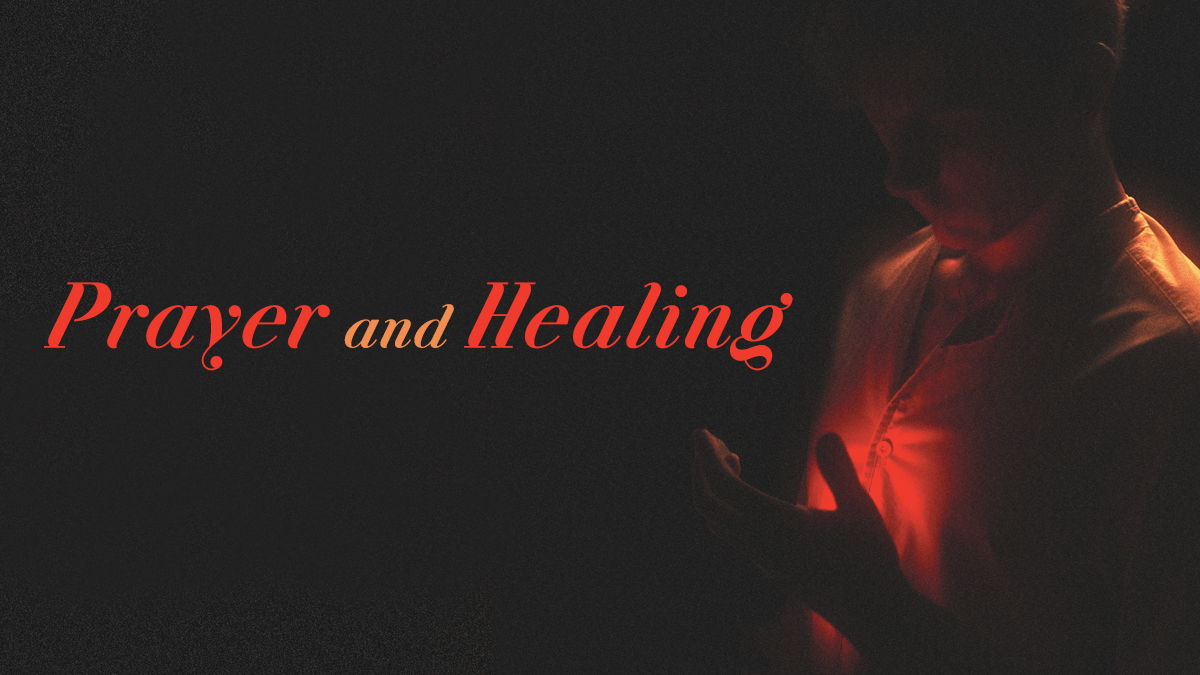
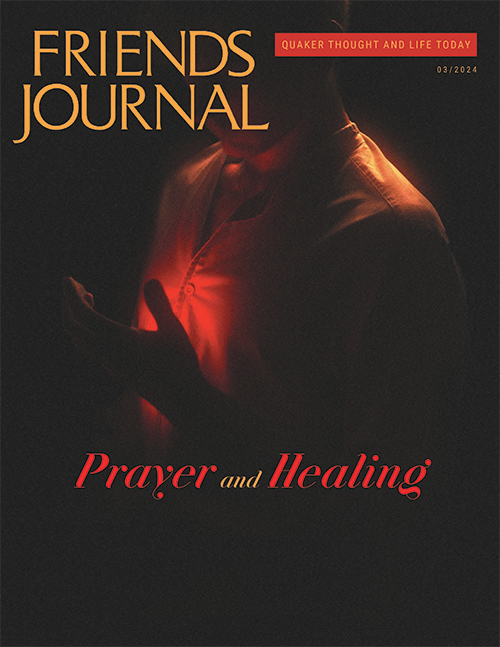
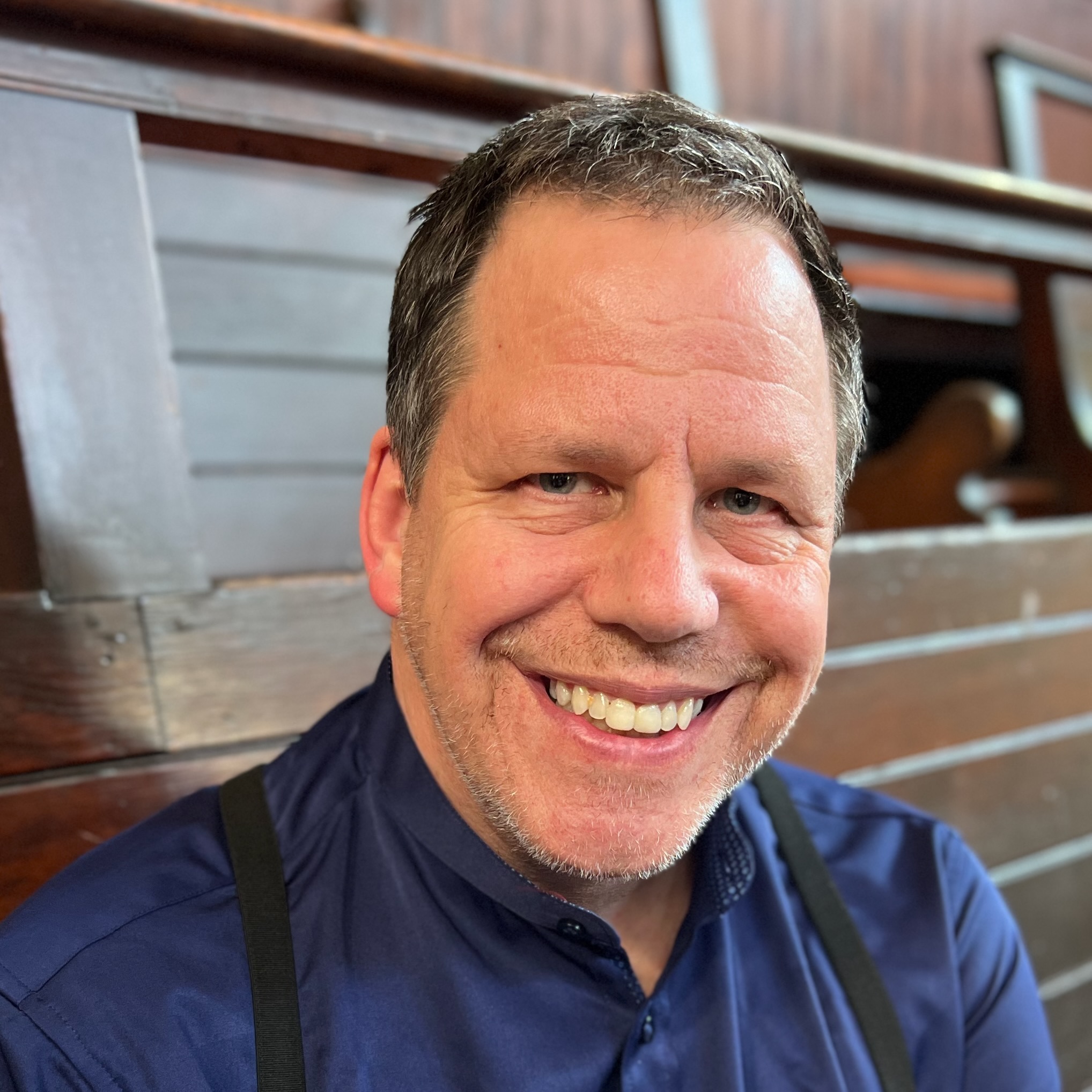
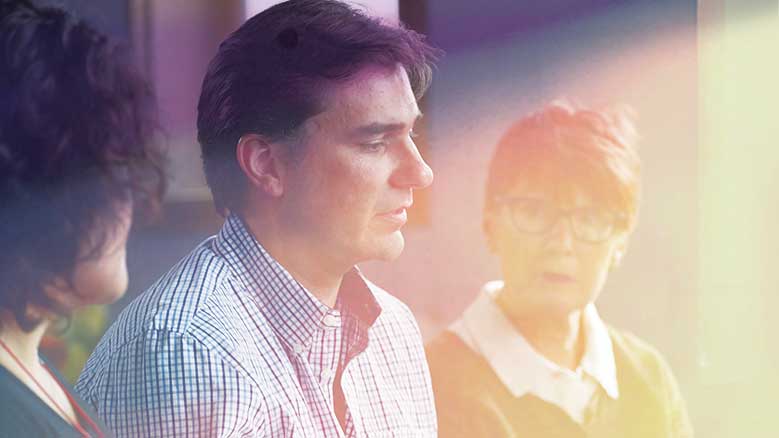
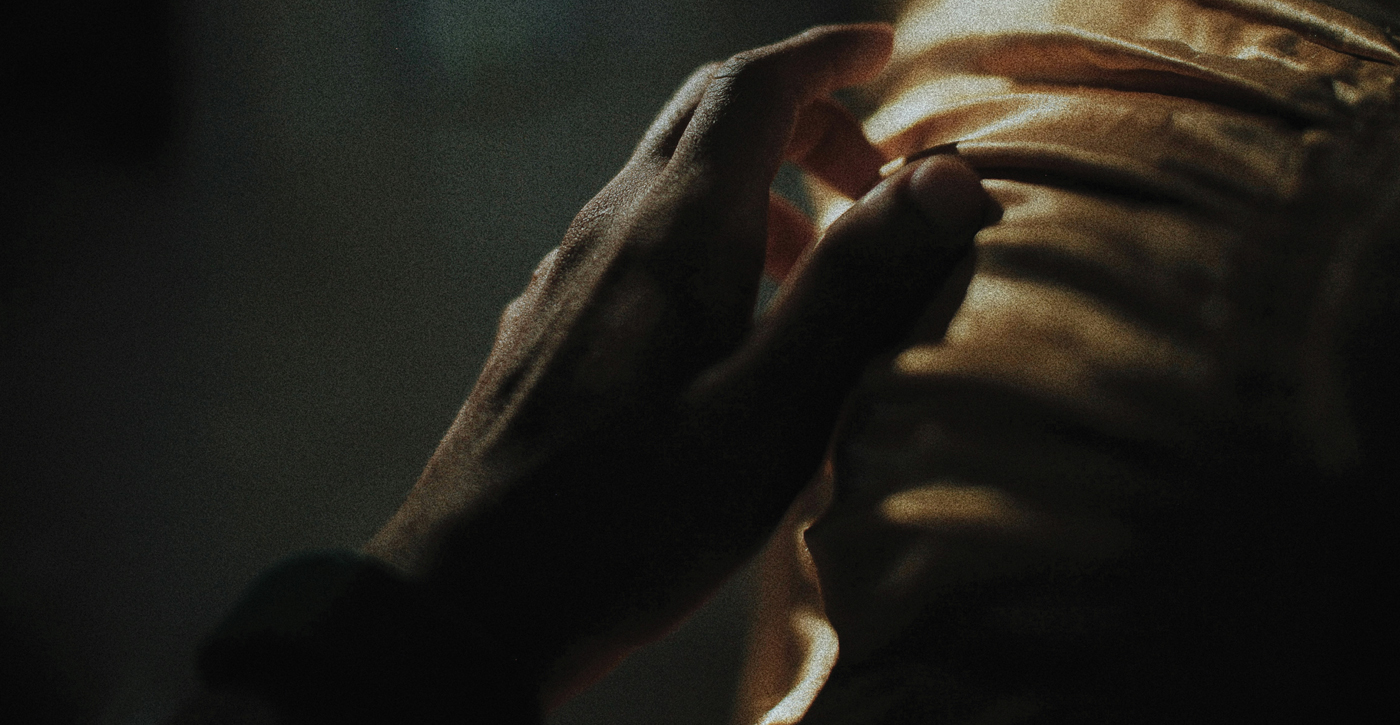
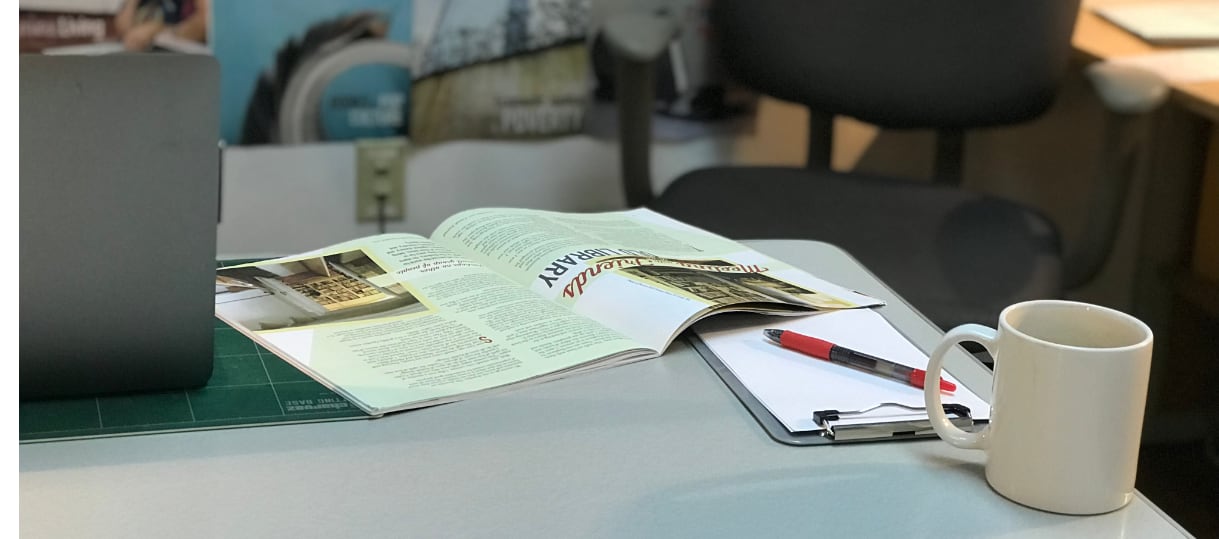
Comments on Friendsjournal.org may be used in the Forum of the print magazine and may be edited for length and clarity.